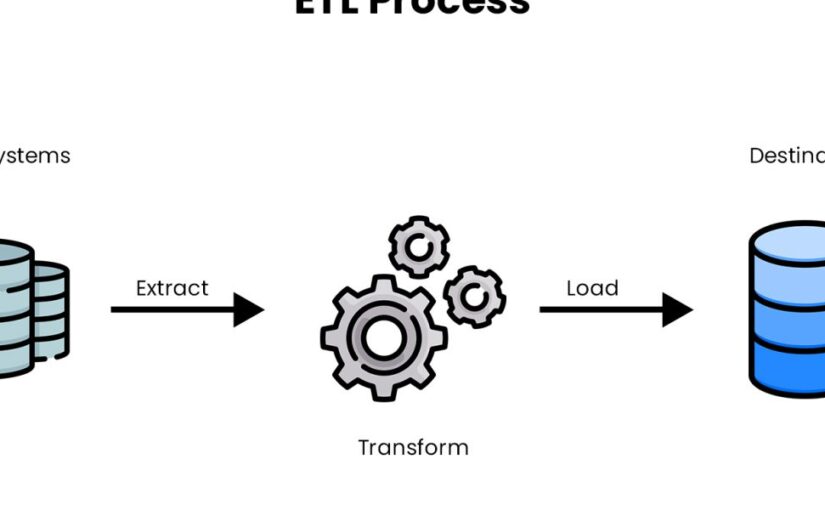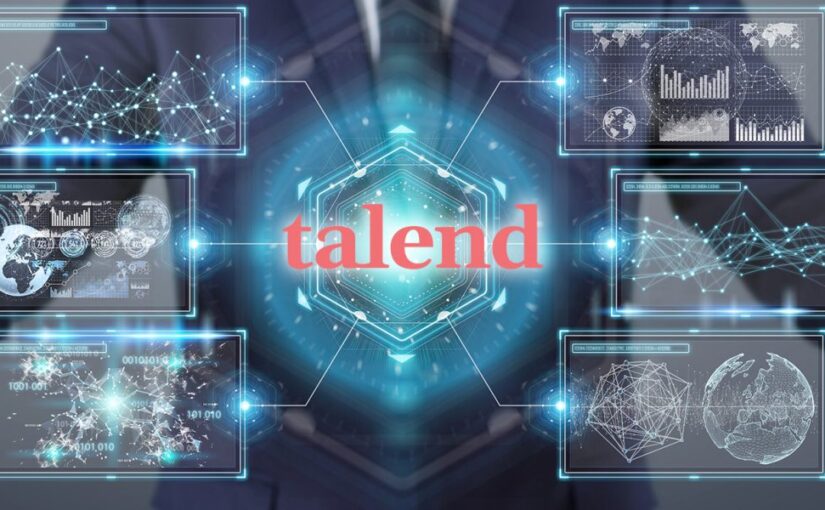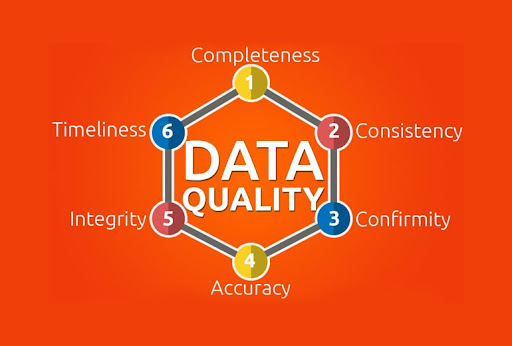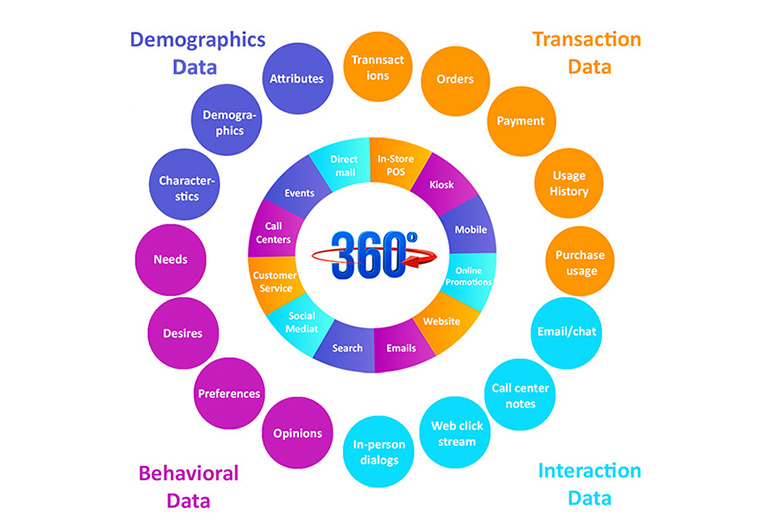Personalized software development can be expensive. That’s why organizations are constantly on the lookout to minimize these costs without compromising on quality.
Even though off-the-shelf software is a more economical choice to progress in the market quicker, they also possess functionality gaps upon deployment. The true aim of software development is to come up with strategic leverage for the business to stand leagues apart from the competition.
This is why pre-built accelerators are important for data implementation. Pre-built accelerators provide businesses both speed and personalization without negatively impacting the quality. Since these solutions have been tested in live ecosystems, pre-built accelerators are far more reliable than segments built from the ground up. Today, this blog will take a look at how pre-built accelerators can help business insights, customer intelligence, and data in an organization.
What Are Pre-Built Accelerators?
Pre-built accelerators refer to ready-to-use application segments for businesses that can aid in developing custom software solutions rapidly. These components are the building blocks for business software and mitigate the most commonly occurring challenges of the organization.
Some examples of pre-built accelerators are:
- Web service frameworks
- User interface controls
- User management as well as authentication frameworks
- User interface layout components
What are the Benefits Of Pre-built Accelerators?
Many application software has similar demands and implementation protocols. However, instead of recreating the cycle for every new software, pre-built accelerators facilitate reaching the same outcome quicker and for a lower price.
Listed below are a few of the biggest benefits of using pre-built accelerators:
1. Expedite Time Taken to Deployment
Many organizational problems need personalized solutions. However, developing software from the get-go may be too expensive or time-consuming. When a business is struggling to reach the market, discovering ways to quicken software development is essential.
Pre-built accelerators can assist businesses to do that by providing ready-made and pre-tested application segments that can integrate with the new software seamlessly
2. Mitigates Business Challenges
When creating custom software, many organizations may face common challenges, such as data governance, user authentication, interface response across multiple devices, and improving test automation frameworks that ensure quality assurance apart from manual testing.
Pre-built accelerators present a tested solution that is ready to be integrated and costs lower than custom software development built from the bottom.
3. Mitigate Software Development Risks
The development of custom software is accompanied by huge risks since every feature is being built from scratch. It is a time-consuming and expensive affair where there is no guarantee for a positive outcome.
Getting a pre-built accelerator facilitates the development of software with the help of trustworthy and verified components. This helps with dependability, scalability, business insights in terms of the application’s responsiveness.
4. Technical Skills Optimization
While pursuing digital transformation, skills revolving around newer technologies are expensive and difficult to hunt down. Taking advantage of pre-built accelerators can lessen the effort and time taken to assemble the best team, making sure that businesses don’t miss the opportunity to deploy before their competitors.
5. Concentrates on Differentiation
Using pre-built solutions also makes space in the bandwidth of the team to create features or capabilities that can separate your business from other competitors, which is a capability that can only be provided by the internal development team. The less time they spend on creating more functionality that can be integrated from other sources, the more time there is to develop better capabilities for competitive leverage.
6. Follows Best Practices
Since digital initiatives consist of new and growing technologies like Cloud Computing, the Internet of Things, and wearables, it can be a challenge to fully realize the potential difficulties or failures. With pre-built solution capabilities, businesses can enjoy peace of mind while generating better quality. This happens because everything is already tried and tested. For example, when pursuing data implementation, businesses make sure that they check all the boxes of compliances, but by using pre-built solutions, they can skip the skittishness of making mistakes or mission out details because it has already been tested and approved. By using pre-built solutions, businesses can focus better on the results and reporting.
7. External Perspective
When businesses build all the components to software on their own, they can miss out on outsider perspectives that can help them bring new ideas and avenues that hadn’t been thigh of previously. For instance, many developers may consider that the only route to leverage machine data is using a predictive-maintenance lens. However, there exists a plethora of ways to take advantage of this information such as automated root-cause analysis and predictive quality.
8. Can Experiment Freely
High investments at the start without adequate ROI can pose threats to a business while developing new technological capabilities. Digital transformation especially demands lots of experimentation and pilot runs before they expand. However, it is not possible when the company has already spent big bucks initially. By using the help of pre-built accelerators, businesses can experiment without putting excessive pressure on the budget.
Wrapping Up
Whether you are setting off the digital transformation from scratch or bringing up new software or environment experiences, moving quickly is a mandate for businesses that are always in the race. today “fail fast” is one of the most common ideologies in the technocratic world. However, every business person understands that a capacity to tolerate failure does not always mean guaranteed success. Businesses adopting a full-scale and end-to-end while employing accelerators benefit from quicker time to market and a lot more. These benefits are further magnified if the ready-made code is made by vendors with a strong grip on the business and technology such as Cloud computing or AI.











